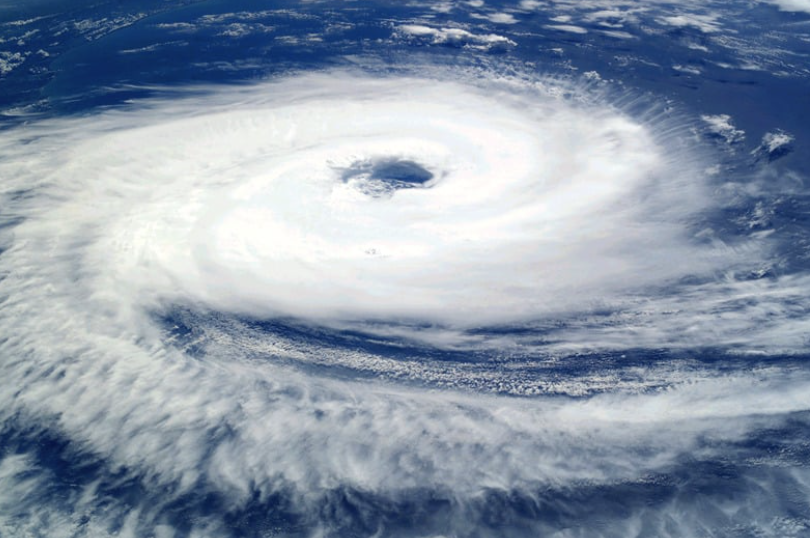As residents of Tampa Bay know all too well, hurricane season is not something to take lightly. While many people are aware of the risks posed by tropical storms, there is often confusion between evacuation zones and flood zones—two very different types of geographic designations. Understanding the distinction is critical not just for emergency planning, but also for long-term homeownership decisions and insurance coverage.
What Is an Evacuation Zone?
Evacuation zones are designated by local emergency management agencies and are based on a property’s vulnerability to storm surge, which is the abnormal rise in seawater generated by a hurricane’s winds. These zones are labeled from Zone A (most at risk) through Zone E (less vulnerable), with Zone A typically including low-lying coastal areas and barrier islands.
Evacuation orders are issued based on these zones, not flood zones. If your home is in Zone A and a hurricane approaches with the potential for high storm surge, you will likely be ordered to evacuate, even if your property has never experienced flooding in the past. It is important to note that residents of mobile homes and manufactured housing are usually required to evacuate during storms, regardless of their zone.
To find your evacuation zone in Pinellas County, you can visit the “Know Your Zone” website at kyz.pinellas.gov or download the Ready Pinellas app. Hillsborough County offers a similar tool at hcfl.gov.
What Is a Flood Zone?
Flood zones, on the other hand, are determined by the Federal Emergency Management Agency (FEMA) and indicate the probability of flooding due to heavy rainfall, river overflow, and coastal storm surge. These zones are labeled with letters such as Zone A, AE, V, and X, and they help determine flood insurance requirements and building regulations.
Flood zones are used to assess risk for homeowners, insurance providers, and developers. If your home is in a high-risk flood zone (such as Zone AE or V), your mortgage lender may require you to carry flood insurance. These zones also influence base flood elevation requirements for new construction and renovations.
You can check your flood zone by visiting the Pinellas County Flood Map Service Center or by accessing FEMA’s Flood Insurance Rate Maps (FIRMs) online. Hillsborough County residents can use similar tools provided by the county or the Tampa Bay Water Atlas.
Why the Difference Matters
It’s entirely possible—and not uncommon—for a home to be in a flood zone but not in an evacuation zone, or vice versa. For example, your home may be located in a non-evacuation zone, meaning you may not be asked to leave during a hurricane, but you could still be in a high-risk flood zone that requires insurance. Conversely, a property may not typically flood, but its location in a low-lying coastal area could put it at immediate risk of storm surge, triggering an evacuation.
This distinction matters for several reasons:
- Safety: Evacuation zones are used to determine when and where people should evacuate during hurricanes. Ignoring an evacuation order can put residents at serious risk due to flooding, power outages, and the inability of emergency services to respond during the storm.
- Insurance and Financial Planning: Flood zones impact your insurance premiums, mortgage requirements, and long-term maintenance plans. High-risk flood zones often come with higher premiums and mandatory flood insurance policies.
- Property Protection: Understanding your flood zone helps you plan flood mitigation strategies, such as elevating appliances, installing flood vents, or retrofitting the foundation. It can also guide purchasing decisions for new homeowners.
- Peace of Mind: Knowing both your evacuation and flood zones allows you to make well-informed decisions in both emergency situations and everyday homeownership. It helps you prepare evacuation routes, maintain necessary supplies, and assess your property’s vulnerabilities.
The importance of understanding both zones became especially clear during recent hurricanes. For example, ahead of Hurricane Milton, local authorities emphasized that staying in an evacuation zone could be life-threatening due to the risk of storm surge. In Hillsborough County, hospitals like Tampa General even installed portable flood walls, such as AquaFence barriers, to protect critical infrastructure located in vulnerable areas.
Evacuation zones and flood zones are not interchangeable. Evacuation zones tell you when you need to leave your home to stay safe during a storm. Flood zones inform your home’s long-term flood risk and affect your insurance and building requirements. Both are essential for protecting your property, your family, and your financial security.
If you live in Pinellas or Hillsborough County, take time now—before the next storm threatens—to look up your evacuation zone at kyz.pinellas.gov and your flood zone at pinellas.gov/flood-maps-zones. Preparedness starts with knowledge.



